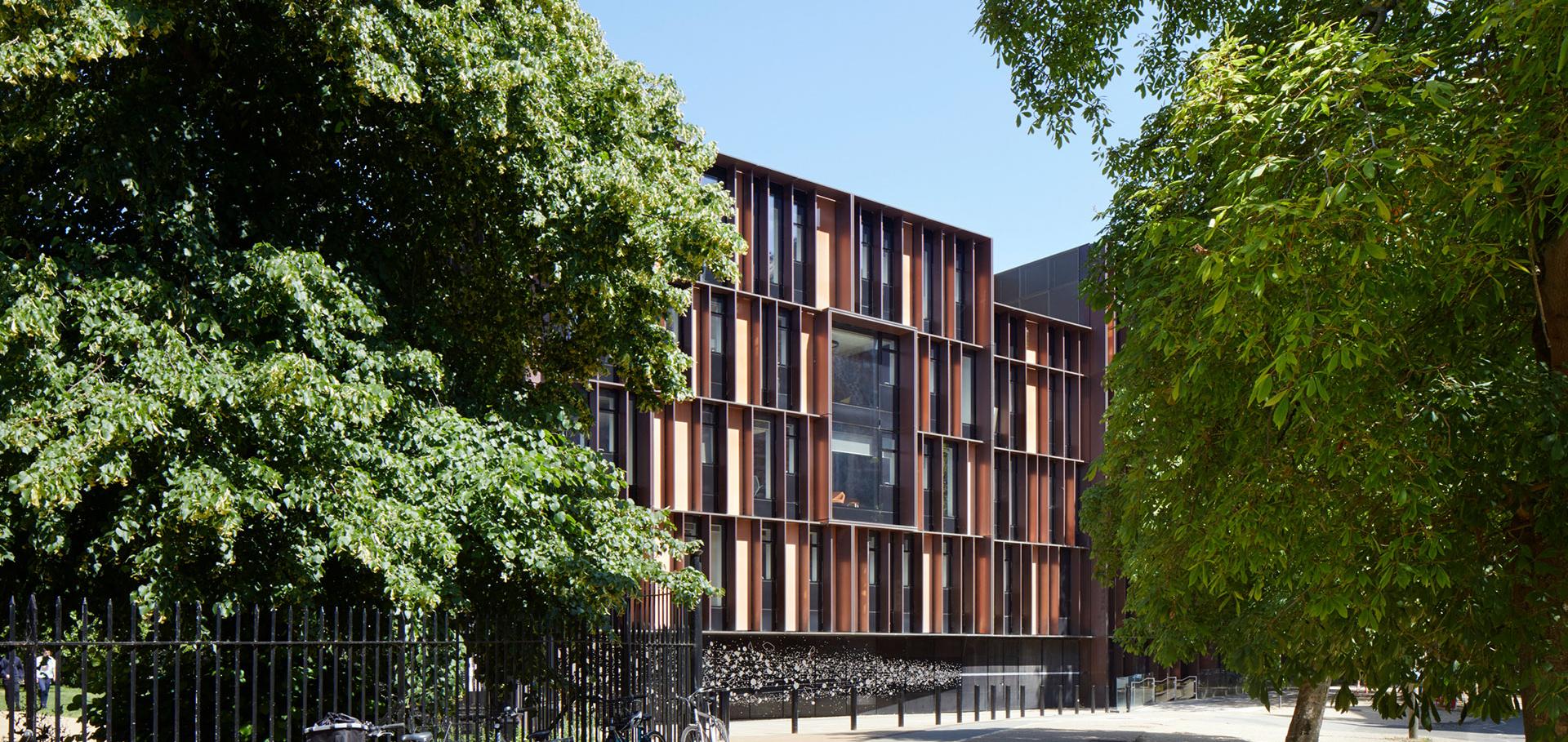The barrel modules of the ATLAS semiconductor tracker
Nuclear Instruments and Methods in Physics Research Section A: Accelerators, Spectrometers, Detectors and Associated Equipment A568 (2006) 642-671
Beam tests of ATLAS SCT silicon strip detector modules
Nuclear Instruments and Methods in Physics Research, Section A: Accelerators, Spectrometers, Detectors and Associated Equipment 538:1-3 (2005) 384-407
Abstract:
The design and technology of the silicon strip detector modules for the Semiconductor Tracker (SCT) of the ATLAS experiment have been finalised in the last several years. Integral to this process has been the measurement and verification of the tracking performance of the different module types in test beams at the CERN SPS and the KEK PS. Tests have been performed to explore the module performance under various operating conditions including detector bias voltage, magnetic field, incidence angle, and state of irradiation up to 3×1014 protons per square centimetre. A particular emphasis has been the understanding of the operational consequences of the binary readout scheme. © 2004 Elsevier B.V. All rights reserved.Single event upset studies with the optical links of the ATLAS semiconductor tracker
Nuclear Instruments and Methods in Physics Research Section A: Accelerators, Spectrometers, Detectors and Associated Equipment 481 (2002) 575-584
Radiation tolerant optical links for the ATLAS semiconductor tracker
Proceedings of SPIE - The International Society for Optical Engineering 4823 (2002) 233-244
Abstract:
The individual components of the semiconductor tracker (SCT) optical links were observed to be more than adequate in terms of radiation tolerance, with respect to total dose effects. Thus, complete links were proven sufficiently resistant to single event effects. Active components were already purchased and devices from individual wafers radiation qualified to ensure the maintenance of the necessary standards of radiation tolerance during production.Radiation hardness and lifetime studies of photodiodes for the optical readout of the ATLAS semiconductor tracker
Nuclear Instruments and Methods in Physics Research Section A Accelerators Spectrometers Detectors and Associated Equipment 456:3 (2001) 300-309


